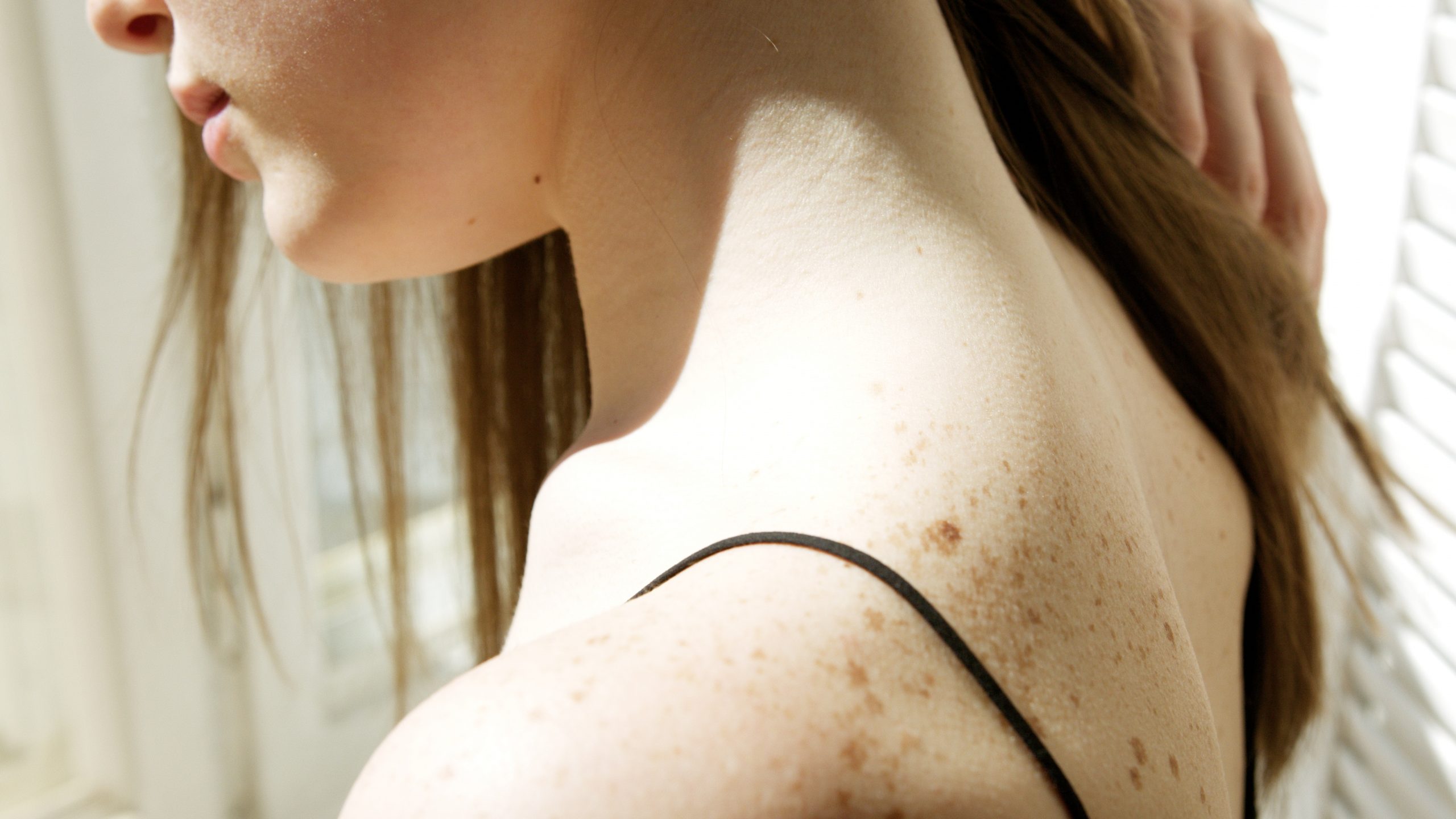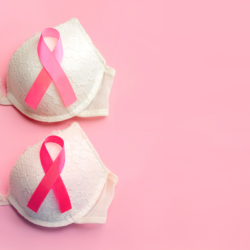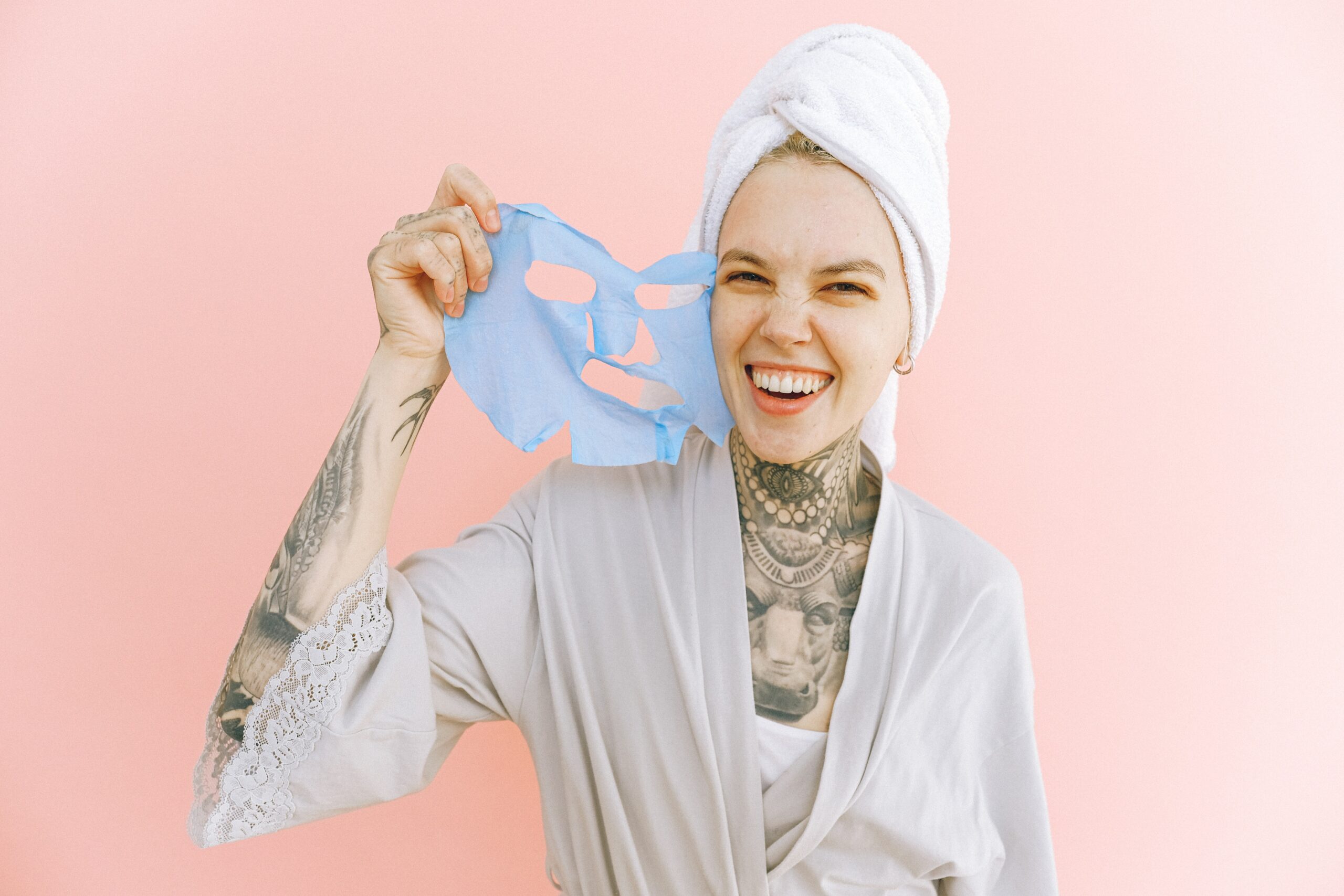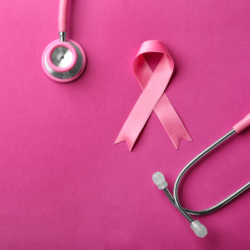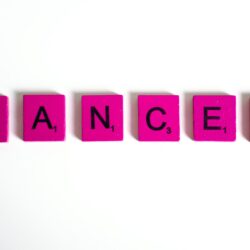The skin cancers are the most common cancers. In particular, there are more than 100,000 new cases of skin cancer annually in France. The most common and least serious skin cancers are basal cell and squamous cell carcinomas . Basal cell carcinoma is four to five times more common than squamous cell carcinoma. These skin carcinomas more often affect people with white skin after the age of 40, but they can be seen younger. Malignant melanomas are rarer skin cancers (4,000 to 5,000 new cases per year in France) but more serious; they can be cured definitively if the treatment is started early.
What is a carcinoma?
A carcinoma is a malignant tumor , made up of newly formed epithelial cells, which has the ability to metastasize in all organs of the body. Any organ containing epithelial cells is therefore likely to develop carcinoma and the severity of this cancer depends on its location.
The squamous cell carcinoma, it is a malignant tumor developed from epidermal keratinocytes, which invades the dermis ; this cancer usually occurs in areas exposed to the sun . Local destruction can be extensive and metastases occur in advanced stages.
What causes basal cell and squamous cell carcinoma?
The excessive sun exposure is the major factor responsible for the development of skin cancer. Sunbathing booths particularly promote this risk.
White-skinned patients of European origin are the main victims of skin carcinomas, which are rarer in patients with pigmented skin.
Basal cell carcinomas:
In predisposed subjects , several environmental factors (especially acute intermittent and repeated sun exposure, but also ionizing radiation, exposure to arsenic, chronic wounds) are involved in the formation of this carcinoma.
Squamous cell carcinomas:
Exposure to the sun or in a tanning booth (chronic exposure) is the essential risk factor for squamous cell carcinomas , but family (genetic) factors, exposure to ionizing radiation (x-rays), to certain viruses (human papillomavirus ), chemical substances (coal tars, arsenic) have been implicated in the formation of certain squamous cell carcinomas.
Burn scars or persistent wounds are also a risk factor for these cancers. Certain drugs which depress the body’s defenses also promote the occurrence of squamous cell carcinomas.
How to prevent skin carcinomas?
Avoiding sun exposure is the best way to avoid skin cancer . Exposure to the sun and ultraviolet radiation are essential risk factors for skin carcinomas.
- It is therefore necessary to avoid sun exposure during the hours when solar radiation is the most intense (from 11 a.m. to 4 p.m.), apply a protective sunscreen (index 20 at least) to be renewed every two hours and after each bath, wear protective clothing and a hat.
- It is important to detect early cancers and precancerous lesions (actinic keratosis, solar keratosis), because early treatment ensures complete recovery. Regular inspection of the entire skin (self-examination) can quickly detect a spot or a small pimple that changes, a sore or a scab that persists.
- An examination by the dermatologist makes it possible to obtain a precise diagnosis, and to carry out, if necessary, the analysis of a doubtful lesion.
- Those at risk should plan regular visits to the dermatologist. Actinic keratoses are precancerous lesions which result in a small thick crust which persists, they are localized on areas normally exposed to the sun (head, neck, forearm especially). Actinic keratoses evolve into squamous cell carcinomas in a variable time, their destruction prevents this transformation.
The skin type is often judged to be darker than it actually is
Skin types were introduced in the Cancer League prevention messages in 2003 in an effort to draw attention to sun sensitivity and allow the public to properly assess their skin’s reaction to the sun. . A survey carried out on behalf of the League against cancer in 2008 with 5,000 people, however, showed that this objective was not reached: More than a third of those questioned did not classify their skin type in the right category . In particular, the results show that fair-skinned people find their skin darker than it actually is, which may cause them not to protect themselves sufficiently from the sun.
Also, the League against cancer now advises not to use skin types in prevention messages and to use the various factors to be taken into account to ensure optimal sun protection . The protection to adopt depends on the intensity of UV radiation, the type of activity, the duration of exposure to the sun and the sensitivity of the skin to the sun, the latter being able for example to be influenced by the taking of drugs. The intensity of UV radiation depends on the time of year and day, geographic location (latitude and altitude), cloudiness and reverberation (such as snow). Taking these factors into account, the Cancer League made recommendations based on the season .
The intensity of UV rays varies throughout the year
From November to February:
UV rays are weak and it is in principle not necessary to protect yourself. Sun protection, on the other hand, is absolutely essential in the mountains for skiing.
In March – April:
With spring coming, the days getting longer and the sun making a comeback, we tend to underestimate the intensity of solar radiation. Whether the temperatures are warming or remain cool, it is imperative to protect yourself from the sun.
From May to August:
These are the months when UV rays are most intense. Protect the skin well by staying in the shade and wearing clothing. During the hottest hours (between 11 am and 3 pm), it is important to avoid the sun as much as possible.
In September – October:
Like spring, fall is deceptive. Temperatures drop and UV rays are thought to be less intense. As in summer, however, and especially in good weather, it is best to stay in the shade in the middle of the day.
Some recommendations for people at risk
In general, the League against cancer advises to consult a doctor in case of modification of the skin. People who have one or more of the following have an increased risk of melanoma:
- White-skinned subjects of European origin
- Over 100 pigmented spots on the body
- Pigmented spots that are irregular in shape or color
- A previous cancerous condition of the skin
- A deficient immune system
- Subjects who have undergone significant sun exposure for several years (white-skinned subjects who have lived in countries with strong sunshine, farmers, sailors, etc.)
- Patients who have been exposed to ionizing radiation or ultraviolet rays for therapeutic reasons, in contact with coal tars, who have undergone treatment that suppresses immunity (heart or kidney transplants, patients who have been treated for lymphoma or leukemia) or have burn scars
People who are at high risk should protect themselves particularly well from the sun and check their skin regularly. They are also advised to consult a doctor to establish the need for regular medical check-ups of the skin. People with a first-degree relative (father, mother, brother, sister, child) who have melanoma are also at increased personal risk and should talk to their doctor.
Sources:
- International Agency for Research on Cancer (IARC). Monographs on the Evaluation of Carcinogenic Risks to Humans. Monograph 100D, Solar and Ultraviolet Radiation; 2012
- Parkin DM, Boyd L, Walker LC. The fraction of cancer attributable to lifestyle and environmental factors in the UK in 2010. British Journal of Cancer. 2011
- Thompson J, Scolyer R, Kefford R. Cutaneous melanoma. The Lancet. 2005
- Basal cell carcinomas and skin cancer | Dr Abimelec
- Bulletin of Swiss Doctors 2014
- Carter M., Lin A. Basal Cell Carcinoma. In: Fitzpatrick T., Eisen A., Wolff K., Freedberg I., Austen K., eds. Dermatology in general practice: Mc-Graw Hill, Inc, 1993
- Schwartz R., Stoll H. Squamous-Cell Carcinoma. In: Fitzpatrick T., Eisen A., Wolff K., Freedberg I, Austen K., eds. Dermatology in general practice: Mc-Graw Hill, Inc, 1993

